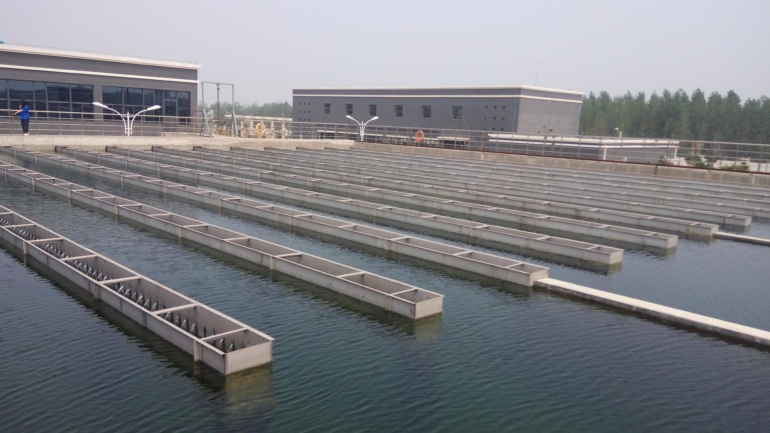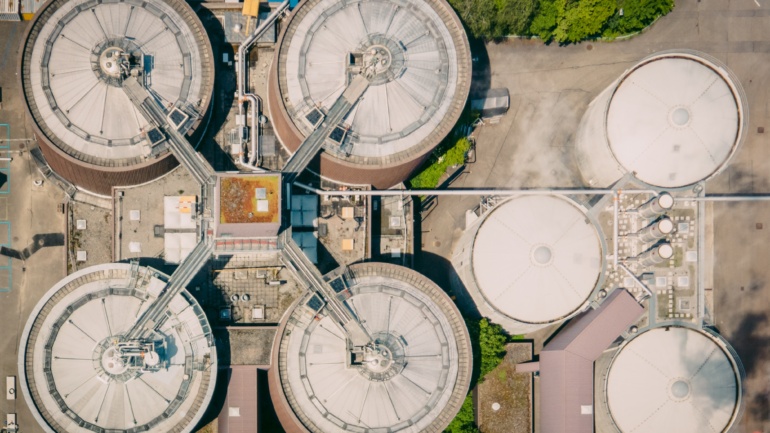By Matthew Taylor, Associate Researcher & Writer at Save The Water™ | March 30, 2021
Not every water purification technology matches a given situation effectively. For example, their ability to remove some contaminants from water, their cost, and their capacity limit them. We need new technologies to address these problems. Ultrasonic technology could provide a solution.
What is Ultrasonic Technology?
Ultrasonic technology works on the basis of ultrasonic waves. These are high-frequency waves that are too high for a human to hear, generally 20 kilohertz and higher. Ultrasonic devices produce these waves, which travel through water as pressure waves. Devices called transducers convert electrical power into vibration. Transducers most often produce these waves.
There are two types of transducers: piezoelectric transducers and magnetostrictive transducers. In piezoelectric transducers, vibration is created using piezoelectric crystals. These crystals vibrate when electricity passes through them. With magnetostrictive transducers, electrical current passes through coils, which forms a magnetic field. As a result, the transducer’s core expands and contracts.
How Does it Work to Purify Water?
Ultrasonic devices produce pressure waves. These waves consist of both positive and negative pressure, which alternate in cycles. In water, when the pressure overcomes the water’s tensile strength, which is its ability to resist a force that tends to pull it apart, a process called cavitation starts to occur.
During cavitation, bubbles form, grow, and then implode. Pressure and temperature build up to huge levels inside the bubbles. When they implode, they release a large amount of energy in the form of a shock wave. These shock waves can break up organic matter. Therefore, ultrasonic technology can tackle bacterial and algal pollution in water. We could use ultrasonic technology, for example, to mitigate the harmful algal blooms in the Great Lakes.
Ultrasonic waves can be produced either continuously or through a pulse. In water treatment, they are more often produced continuously so they can more effectively purify the water. Bubbles that form with pulsing ultrasonic waves produce less energy when they burst, making them less effective.
What are the Benefits of Using Ultrasonic Technology in the Purification of Water?
Ultrasonic technology has several benefits in water purification:
- Turbidity reduction: Turbidity refers to how clear the water is. Ultrasonic technology can help make water less cloudy, lowering its turbidity. A 2011 study found that ultrasonic waves can reduce turbidity by as much as 76%.
- Water disinfection: Ultrasonic waves are highly effective at addressing bacterial and algal contamination in water. The bubbles formed during the cavitation process reach a temperature in the thousands of degrees and a pressure in the thousands of atmospheres. The resulting implosion and subsequent shock wave, stress, and sudden temperature change kill the bacteria. As a result, this limits the bacteria’s ability to reproduce. A 1997 study, for example, found that after 15 minutes of being exposed to ultrasound, 80% of E. coli bacteria in drinking water died.
- Organic pollutant degradation: Ultrasonic technology can break down organic contaminants other than bacteria and algae. It can also break down organic pollutants such as pesticides, phenol, and even explosives. A 2004 study, for example, found that ultrasonic waves almost completely degraded certain hydrocarbons, including naphthalene and acenaphthylene, in water.
Future Developments for Ultrasonic Technology
Ultrasonic technology also has drawbacks that researchers must address before it can become more widespread:
- New technology: Researchers need to do more investigation and analysis to make ultrasonic systems easier to design. They need to further develop theoretical data models to standardize the design of ultrasonic devices. We can increase the use of ultrasonic devices once they develop these models. Most importantly, this will enable us to scale them up to purify greater volumes of water.
- Cost-prohibitive: Ultrasonic technologies may have high maintenance costs. This is due to the maintenance and replacement of the ultrasound probe, which gets damaged during ultrasonic activity.
- Can break easily: If ultrasonic devices break down, they may need a specialist to repair them. This requirement may leave an area without water treatment for some time. Therefore, technologies that are more affordable and easier to repair are much more common.
Hopefully, ultrasonic technology becomes more accessible, reliable, and affordable. This technology is another valuable tool we can use to make water cleaner for everyone.





